
Block emphasized the importance of breakout sessions geared toward varying levels of experience—beginner, intermediate, and advanced.

Block emphasized the importance of breakout sessions geared toward varying levels of experience—beginner, intermediate, and advanced.

The conference aimed at providing physician assistants with the latest in dermatology advancements begins today in Las Vegas, Nevada.

RAD will join MJH's multichannel model, enhancing its educational impact in atopic dermatitis, alopecia areata, vitiligo, and eczema.

Murase discussed safe dermatologic treatments during lactation, especially for chronic conditions needing biologics.

Murase identifies 4 main pregnancy dermatoses—atopic eruption, polymorphic eruption, extrahepatic cholestasis, and pemphigoid gestationis—as "baby bumps."

Catch up on coverage from the 2024 Elevate-Derm West Conference in Scottsdale, Arizona.

Catch up on coverage from the fourth and final day of the 2024 Elevate-Derm West Conference in Scottsdale, Arizona.

Discover top innovations, insights, and clinical pearls from Elevate-Derm in Scottsdale, where top insights for advanced practice providers took center stage.

At Elevate-Derm West, Murase shared promising results in treating severe itch with emerging therapies, offering hope for patients with few options.

Swanson shared practical tips from her Elevate-Derm West sessions, empowering clinicians with new strategies for pediatric skin care.

Murase noted small molecule treatments, like JAK inhibitors, remain unsafe for pregnant women.

Marghoob shares key dermoscopic features to help clinicians identify benign vs malignant lesions on various locations of the body.

Catch up on coverage from the third day of the 2024 Elevate-Derm West Conference in Scottsdale, Arizona.
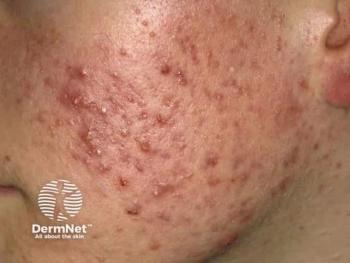
The study demonstrated significant reductions in inflammatory and non-inflammatory lesions for Hispanic patients using CAB gel.

Chilukuri shared that 2 new sunscreen ingredients, physalis angulata and pycnogenol, can prevent heat-induced pigmentation, offering new options for patients.
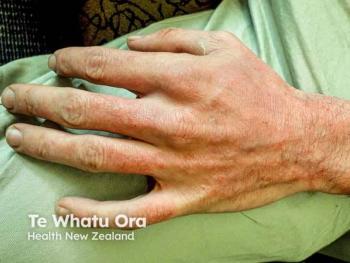
Delgocitinib cream offers a safe, low-systemic-exposure option for chronic hand eczema, according to a poster from the Elevate-Derm conference.

Affordable at-home treatments, including microneedling and benzoyl peroxide, were top pearls at Chilukuri's Elevate-Derm session.

The TRACE study showed tralokinumab reduced genital AD severity and improved quality of life within 3 months of treatment.

Catch up on coverage from the second day of the 2024 Elevate-Derm West Conference in Scottsdale, Arizona.

From diet recommendations to biologic advancements, Jennifer Hsiao, MD, covered essential updates for treating patients with HS.

In a session at Elevate-Derm West, Cheever presented on the utilization of AI within dermatology to optimize patient communication and diversify research.

Expert tips from Whitney High, MD, at Elevate-Derm West 2024 guide experienced advanced practice providers in mastering dermatopathology and avoiding diagnostic pitfalls.
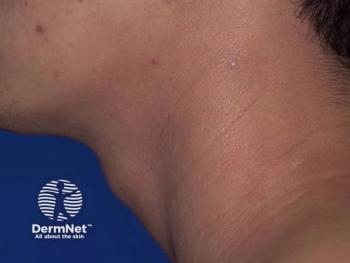
APPs found that patients on systemic therapies for AD experience fewer issues with adherence compared to those using topicals only.
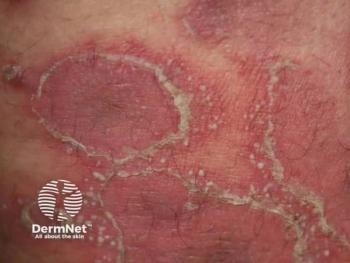
A poster presented at the 2024 Elevate-Derm West Conference outlines the pharmacokinetic profiles of spesolimab via intravenous and subcutaneous administration.

Catch up on coverage from the first day of the 2024 Elevate-Derm West Conference in Scottsdale, Arizona.

Mark Gimbel, MD, and Whitney High, MD, presented complex cases that underscore the critical need for comprehensive approaches in diagnosing melanocytic lesions.

Roflumilast foam 0.3% significantly improved psoriasis severity, symptoms, and quality of life in patients with moderate to severe scalp and body psoriasis.
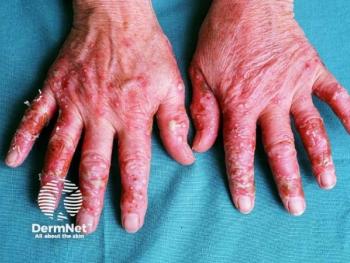
Apremilast led to a 75% improvement in PPPASI-75 in a significant portion of patients by week 16, with these improvements maintained through week 52.

Cheever shared with Dermatology Times her excitement for educational opportunities, networking, and presentations from experts in the specialty.

Share with us the topics you want to learn more about at Elevate-Derm West.